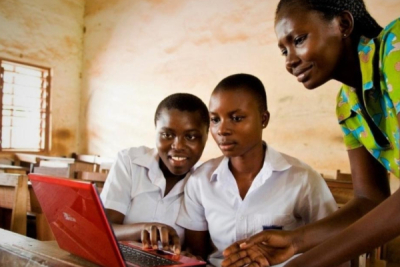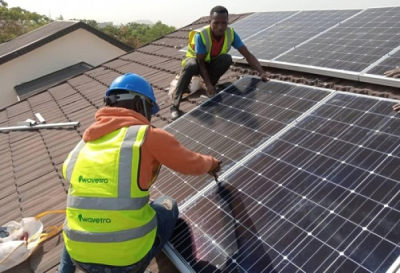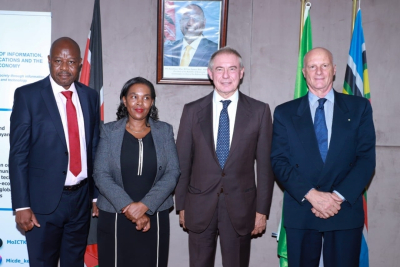- Google integrates short-term precipitation forecasts for all of Africa into its search engine
- Forecasts use Google Research’s MetNet AI model, updated every 15 minutes, covering 12-hour periods at 5-km resolution
- System combines satellite and limited ground data, addressing Africa’s sparse weather radar coverage (approx. 40 stations vs. 300+ in North America)
Google recently announced the integration of new short-term precipitation forecasts for the entire African continent into its search engine. This initiative aims to improve access to accurate, near-instant weather information, particularly in areas with limited monitoring infrastructure.
The forecasts, enabled by advances in Google Research's MetNet nowcasting model, combine satellite data with ground-based observations to deliver precipitation forecasts at a 5-kilometer resolution, updated every 15 minutes for the next 12 hours, according to a Google press release. The direct integration into Google Search results allows African users to easily access real-time information.
The deployment comes as Africa remains one of the least-covered continents by weather radar, with approximately 40 radar stations compared to nearly 300 in North America. This infrastructure gap renders traditional forecasting models less reliable on the continent. MetNet, an artificial intelligence-based system, provides accurate forecasts without the need for ground-based radar. The project was partially developed by Google Research Africa, with input from local experts in Accra and Nairobi, to tailor it to on-the-ground conditions.
For smallholder farmers, this innovation represents a significant advancement. Agriculture, a cornerstone of African economies, employs about 60% of the labor force and contributes between 30% and 60% of GDP in some countries. Smallholders, who account for nearly 60% of farms in sub-Saharan Africa, are especially vulnerable to weather-related risks.
With more accurate weather forecasts, these farmers can better plan planting, harvesting, and other agricultural activities, mitigating climate risks and improving yields. The technology will also strengthen the resilience of rural communities to climate change impacts by providing tools to adapt to shifting weather patterns.
By Samira Njoya,
Editing by Sèna D. B. de Sodji



















